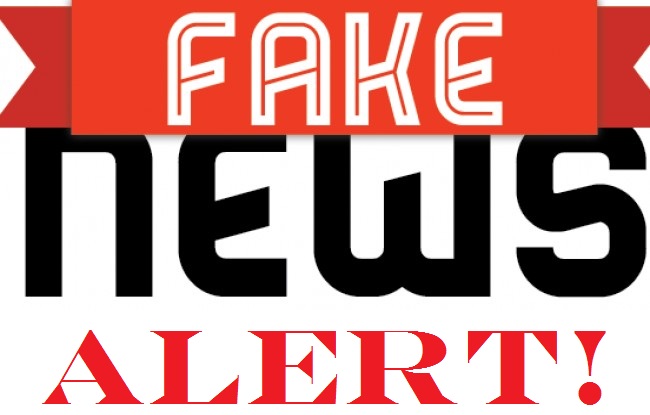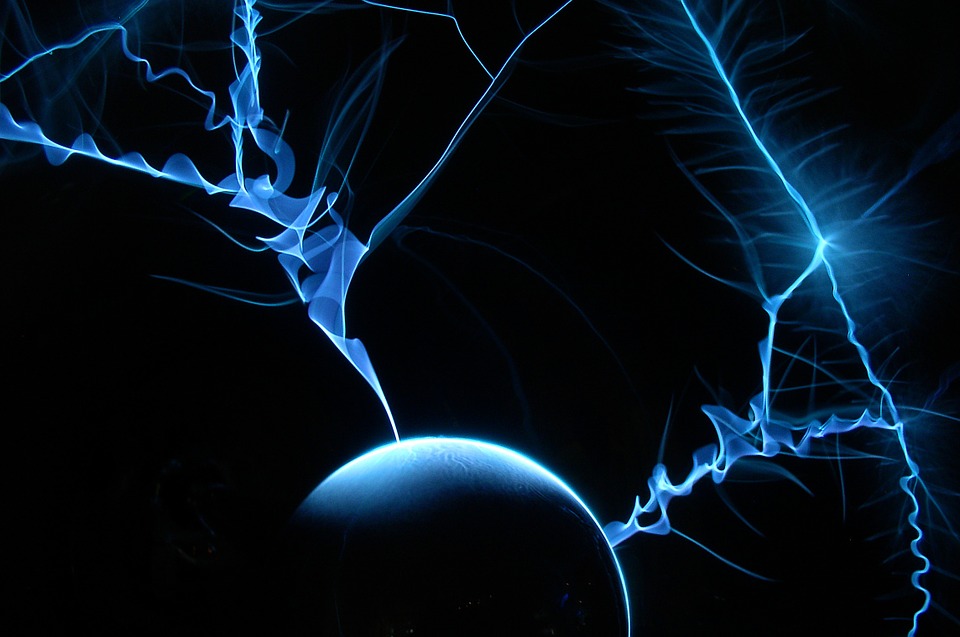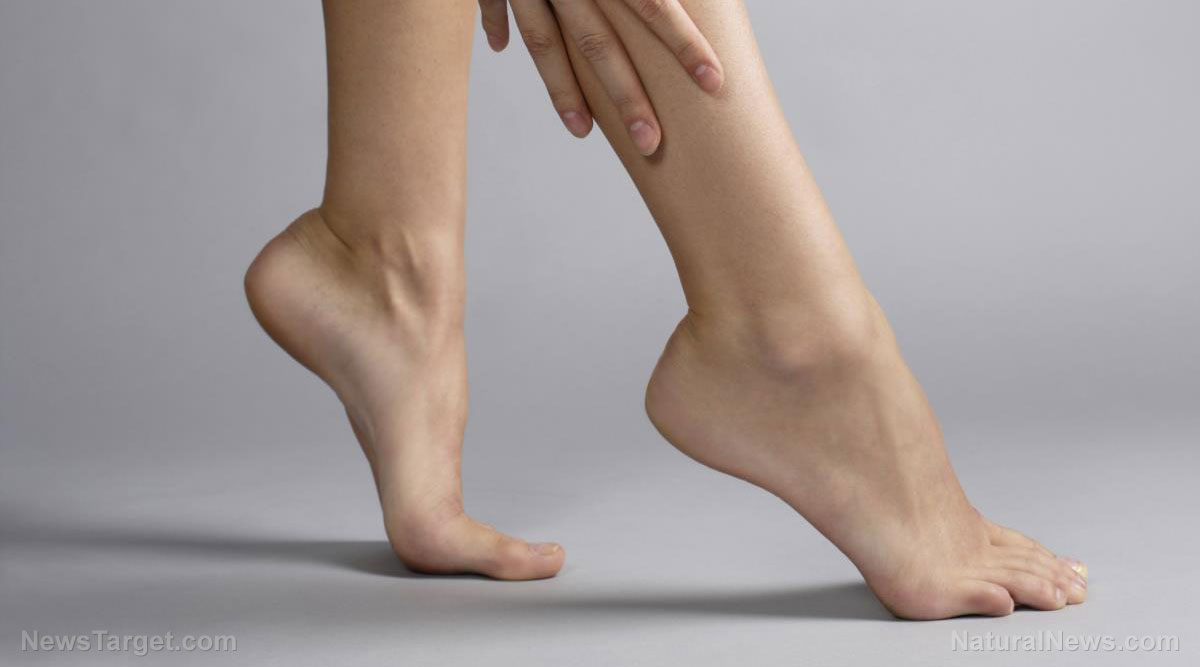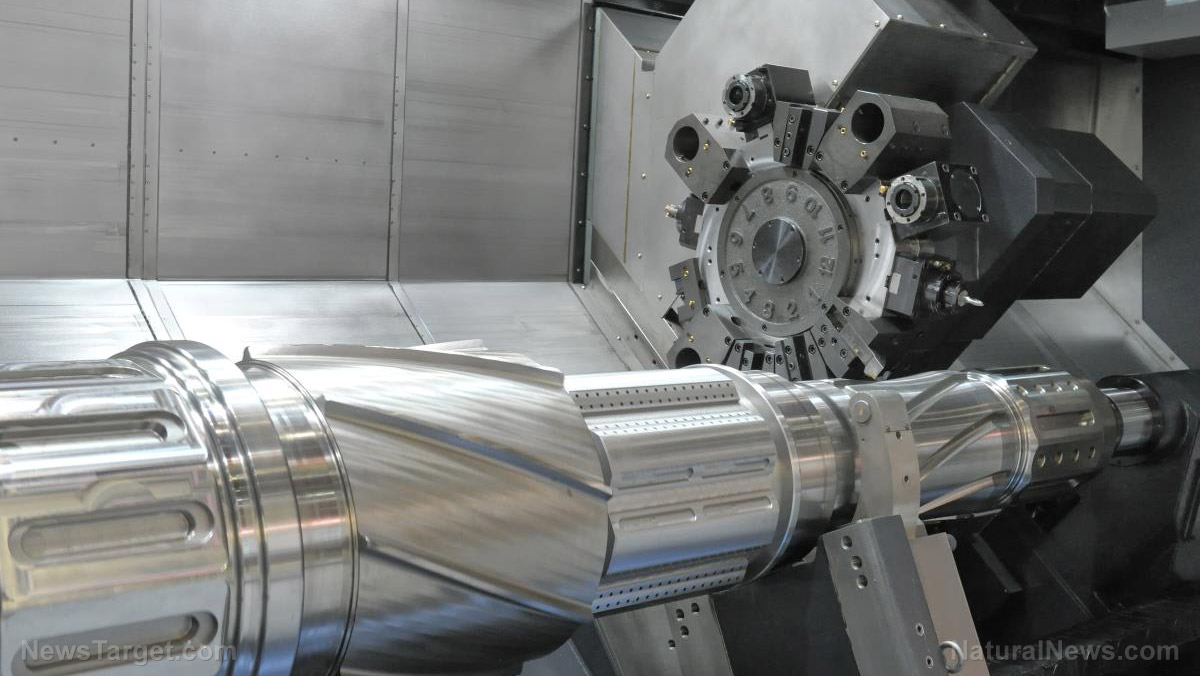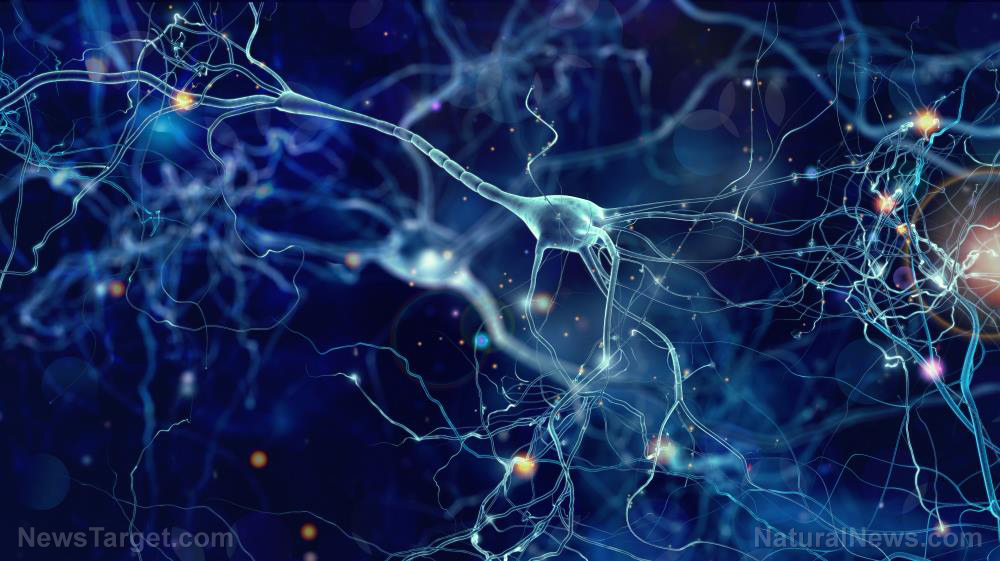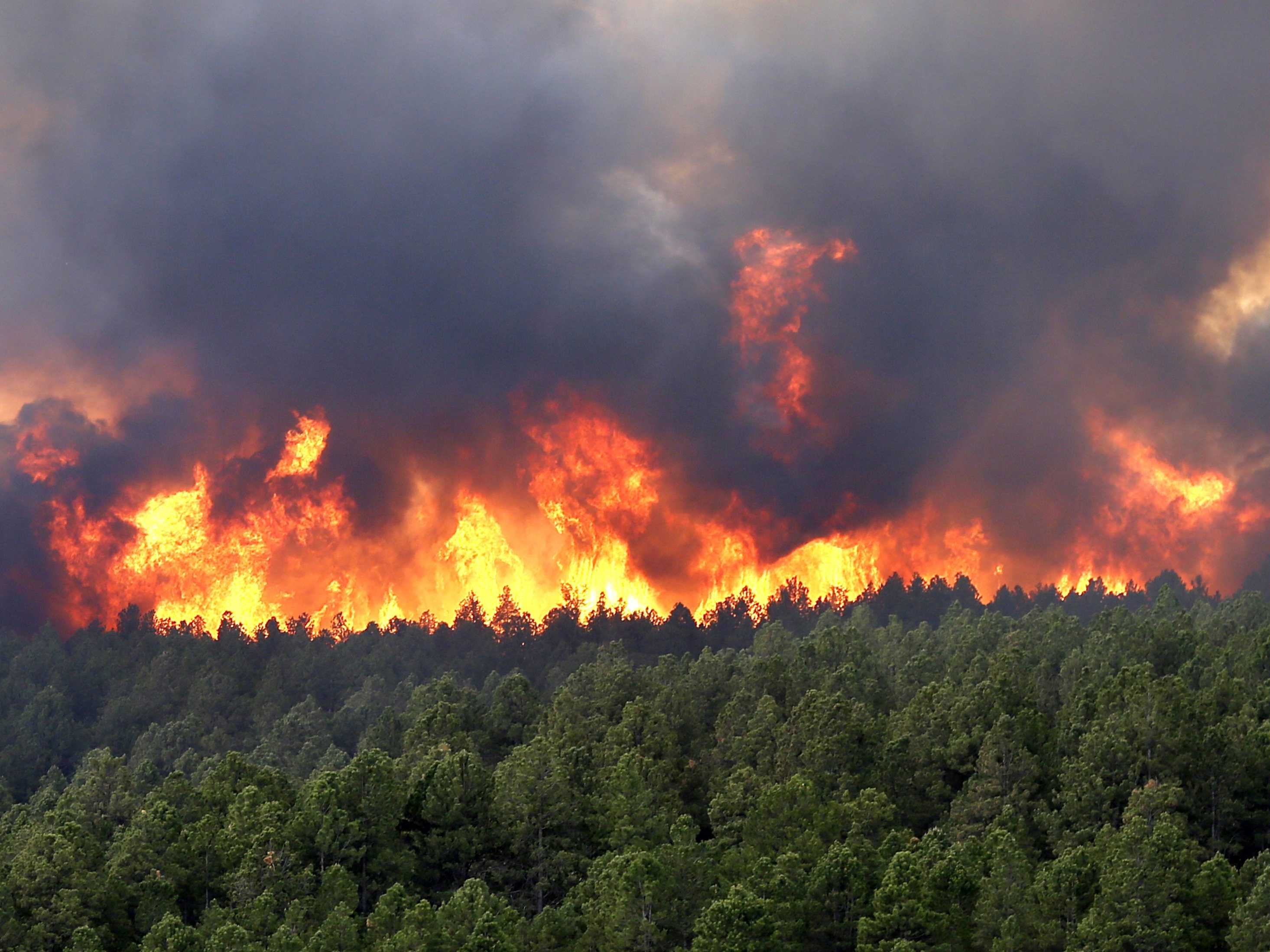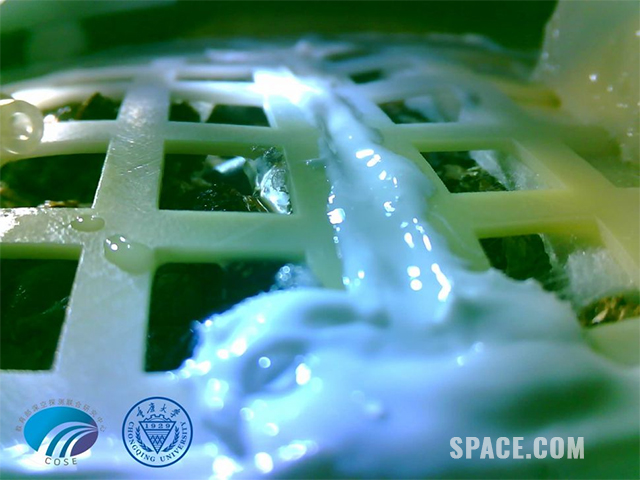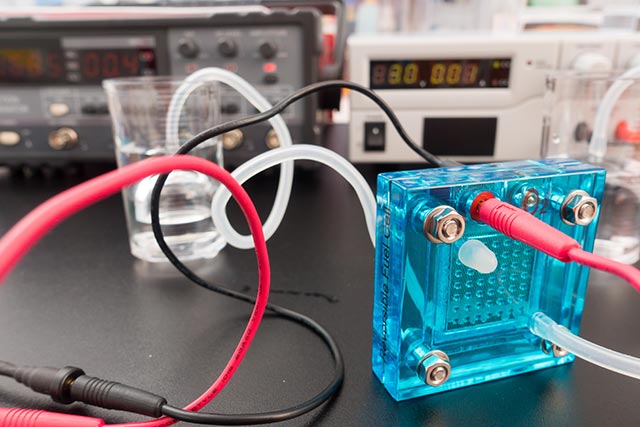New century, new space race? ESA announces plans to start mining the moon
04/29/2019 / By Edsel Cook

NASA is planning to return to the moon while the Chinese National Space Administration (CNSA) has pledged to set up a permanent base on Earth’s neighbor. Now, the Europeans want in as well, and they have the idea of mining the moon for resources that could be used to explore other parts of the solar system.
Aerospace joint venture ArianeGroup recently announced its plan to send a space probe to the moon before 2025. The straightforward scientific mission will be the first step in a long-term European program to establish a permanent mining base on the moon, with the end goal of sending extracted resources back to Earth within a couple of decades.
This is part of ArianeGroup’s one-year contract with the European Space Agency (ESA). The two partners plan to investigate the possibility of dispatching a lunar landing mission within several years.
The makers of the Ariane series of rockets, the Paris-based ArianeGroup has plenty of experience in building expendable launch vehicles for boosting satellites in orbit. Their latest rocket, the Ariane 6, is slated for its maiden flight in 2020.
Cheaper yet more powerful than the previous model, Ariane 6 can be equipped with two to four booster rockets. The latter configuration is expected to be powerful enough to send a payload to the moon. (Related: China tried to grow cotton on the moon – and failed. Here’s why it’s still important.)
ESA wants to establish a mining base on the moon that can refuel spacecraft
The objective of the ESA lunar mission is to mine lunar regolith that contains oxygen and water. Those resources can be used to create rocket fuel, which can be delivered to spacecraft waiting in orbit around the moon. Once refueled, the probes can proceed deeper into space, with Mars as the primary target for future missions.
“Regolith is an ore from which it is possible to extract water and oxygen, thus enabling an independent human presence on the Moon to be envisaged, capable of producing the fuel needed for more distant exploratory missions,” ArianeGroup said in an official statement.
The director of ESA’s human and robotic exploration divisions, Dr. David Parker, explained that lunar exploration can be sustained if there was easy access to fuel and other resources in space. He added that the project with ArianeGroup is one of the cornerstones of an ESA plan to ensure Europe can serve as the vital centerpiece of space exploration missions, even if the mission is conducted by another space agency on the other side of the world.
One small mining base on the moon, one giant leap toward the solar system
The ESA is not the only space agency eyeing the moon. NASA, CNSA, and Roscosmos – the space agency of the Russian Federation – are also considering setting up bases on the Earth’s natural satellite.
In addition to serving as local outposts from which the moon can be further explored and studied, these moon bases will also serve as the stepping stone from which humankind can explore the rest of the solar system.
Fortunately, the first few missions will not require humans to return to the moon. Human-crewed spacecraft are much more complex and far more difficult to launch from Earth.
The last time any astronaut set foot on the moon was in 1972. Apollo 17 took Eugene Cernan, Ronald Evans, and Harrison Schmitt to the moon and back to Earth.
“In this year, marking the fiftieth anniversary of Man’s first steps on the Moon, ArianeGroup will thus support all current and future European projects, in line with its mission to guarantee independent, sovereign access to space for Europe,” said André-Hubert Roussel, the CEO of ArianeGroup.
Sources include:
Tagged Under: breakthrough, ESA, European Space Agency, innovation, minerals, Moon, moon base, moon mining, NASA, outer space, rockets, space exploration, space travel

